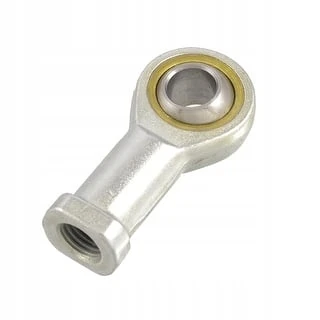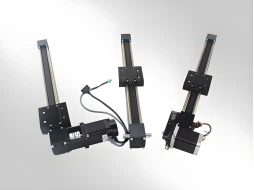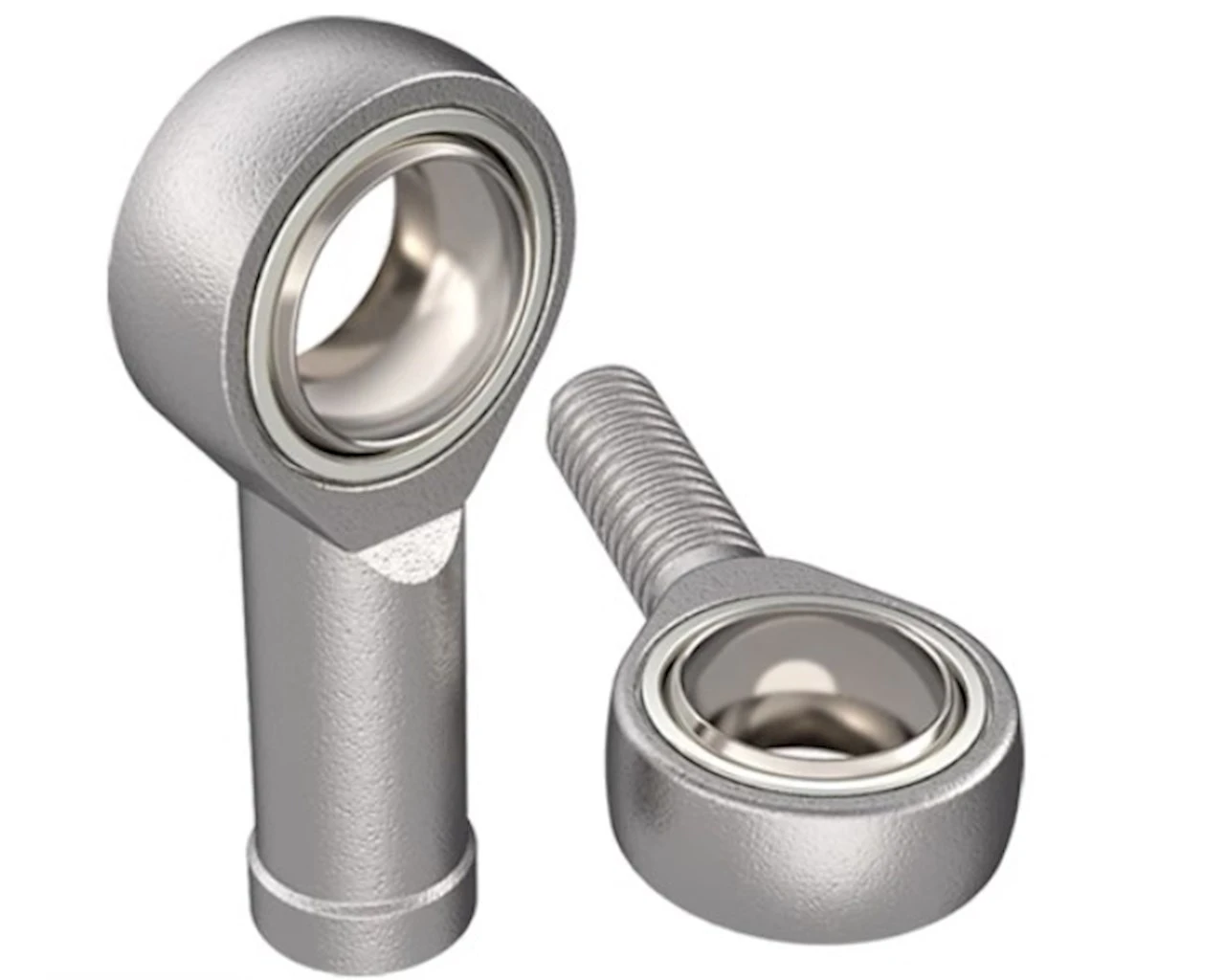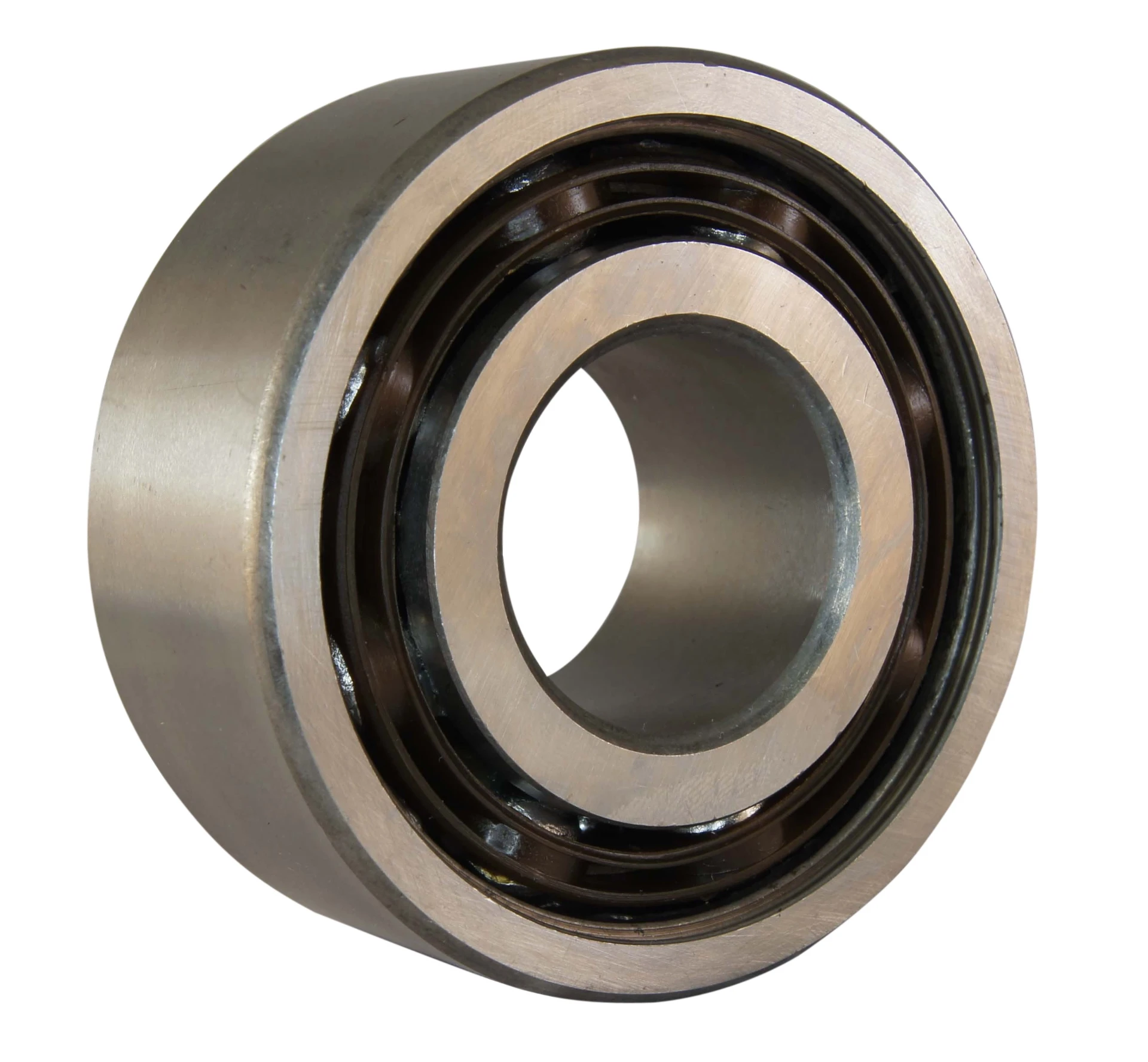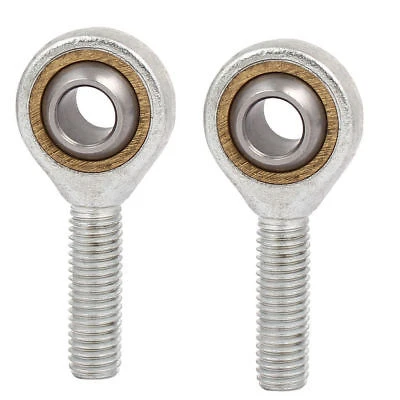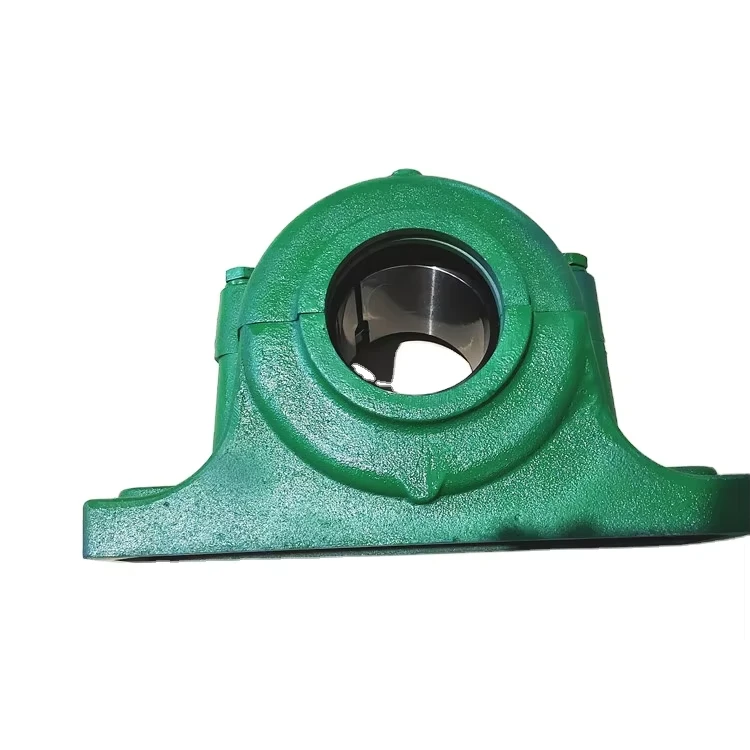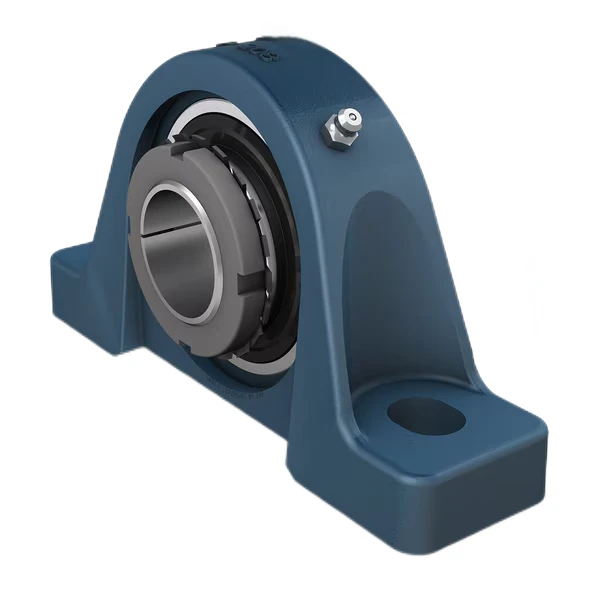Mar . 05, 2025 17:17 Back to list
Unveiling the Mysteries of Bearing Accuracy Classes and Their Applications
Hey there! Whether you're a gearhead, a machinery enthusiast, or just someone who's curious about how things work, understanding bearing accuracy classes and their applications is super important. So, let's dive right in!
What Are Bearing Accuracy Classes?
Imagine you're building a high - performance race car. You wouldn't want parts that are just "good enough", right? The same goes for bearings. Bearing accuracy classes are like a report card for bearings, telling us how precise they are.
These classes are defined by international standards, which measure things like the roundness of the bearing, the straightness of its raceways, and the overall dimensional accuracy. The higher the accuracy class, the more precise the bearing is.
There are several common accuracy classes, such as P0, P6, P5, P4, and P2 (in ascending order of precision). P0 is the standard class that's widely used in general - purpose applications. As you move up the ladder to P2, you're getting into the realm of ultra - precise bearings.
Applications of Different Bearing Accuracy Classes
P0 (Standard Accuracy)
P0 class bearings are the workhorses of the bearing world. They are used in a vast number of everyday applications where high precision isn't a top priority. For example, in your home washing machine, the bearings that allow the drum to spin are likely P0 class. They're also commonly found in fans, conveyor belts in factories, and even some simple automotive parts like idler pulleys. These bearings are cost - effective and can handle normal operating conditions just fine.
P6 and P5 (Medium Precision)
When you need a bit more accuracy, P6 and P5 class bearings come into play. In the automotive industry, these bearings are used in transmissions. A smooth - shifting transmission requires bearings that can maintain a certain level of precision to ensure that gears mesh correctly. They're also used in machine tools for light - to medium - duty machining operations. For instance, a milling machine that's used to create simple parts with a decent level of accuracy might rely on P6 or P5 bearings.
P4 and P2 (High Precision)
Now, we're talking about the cream of the crop. P4 and P2 class bearings are used in applications where precision is absolutely critical. In the aerospace industry, these bearings are used in jet engines. The extreme speeds and loads in jet engines demand bearings that are incredibly precise to prevent failures. High - end CNC (Computer Numerical Control) machines also use P4 or P2 bearings. These machines are used to create complex and highly accurate parts, like those in medical devices or high - tech electronics.
Why Does It Matter?
Choosing the right bearing accuracy class is crucial for the performance and longevity of your equipment. Using a low - accuracy bearing in a high - precision application can lead to premature wear, noise, and even equipment failure. On the other hand, using a high - accuracy bearing in a low - precision application is overkill and can significantly increase costs.
So, next time you're looking at a piece of machinery or a device, take a moment to think about the bearings inside. They might just be the unsung heroes that keep everything running smoothly!
In conclusion, understanding bearing accuracy classes and their applications helps us make better choices when it comes to equipment selection and maintenance. Whether it's a simple household appliance or a state - of - the - art aerospace machine, the right bearing can make all the difference.
-
Double Threaded Screw Slide: Achieving an Astounding Precision of 0.01mm while Bearing 100kg!
NewsApr.28,2025
-
Notice of May Day Labor Day Holiday |
NewsApr.24,2025
-
Lightning - Fast 90° Rotation and Pick - up in 6 Seconds!
NewsApr.24,2025
-
Revolutionary 10 - Meter Travel Linear Motors Unveiled
NewsApr.24,2025
-
Linear Module Dual-station Multi-mover Guided Dispensing: A Reliable Helper in Production
NewsApr.22,2025
-
Stop Worrying About Item Transferring! Linear Modules to the Rescue!
NewsApr.18,2025
Products categories
-
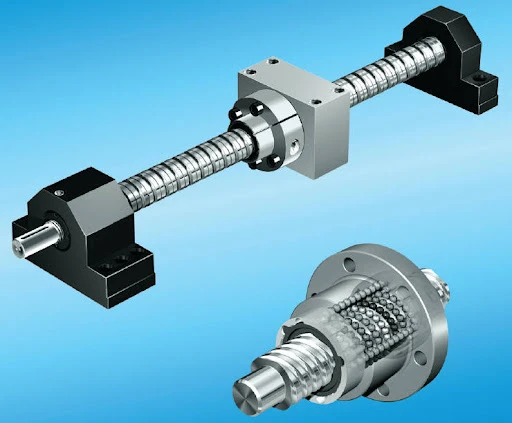 Double Threaded Screw Slide: Achieving an Astounding Precision of 0.01mm while Bearing 100kg!Double thread screw slide # high precision # high loadRead More
Double Threaded Screw Slide: Achieving an Astounding Precision of 0.01mm while Bearing 100kg!Double thread screw slide # high precision # high loadRead More -
 Notice of May Day Labor Day Holiday |Notice of May Day Labor Day Holiday | Grateful for Your Company, Looking Forward to New Achievements TogetherRead More
Notice of May Day Labor Day Holiday |Notice of May Day Labor Day Holiday | Grateful for Your Company, Looking Forward to New Achievements TogetherRead More -
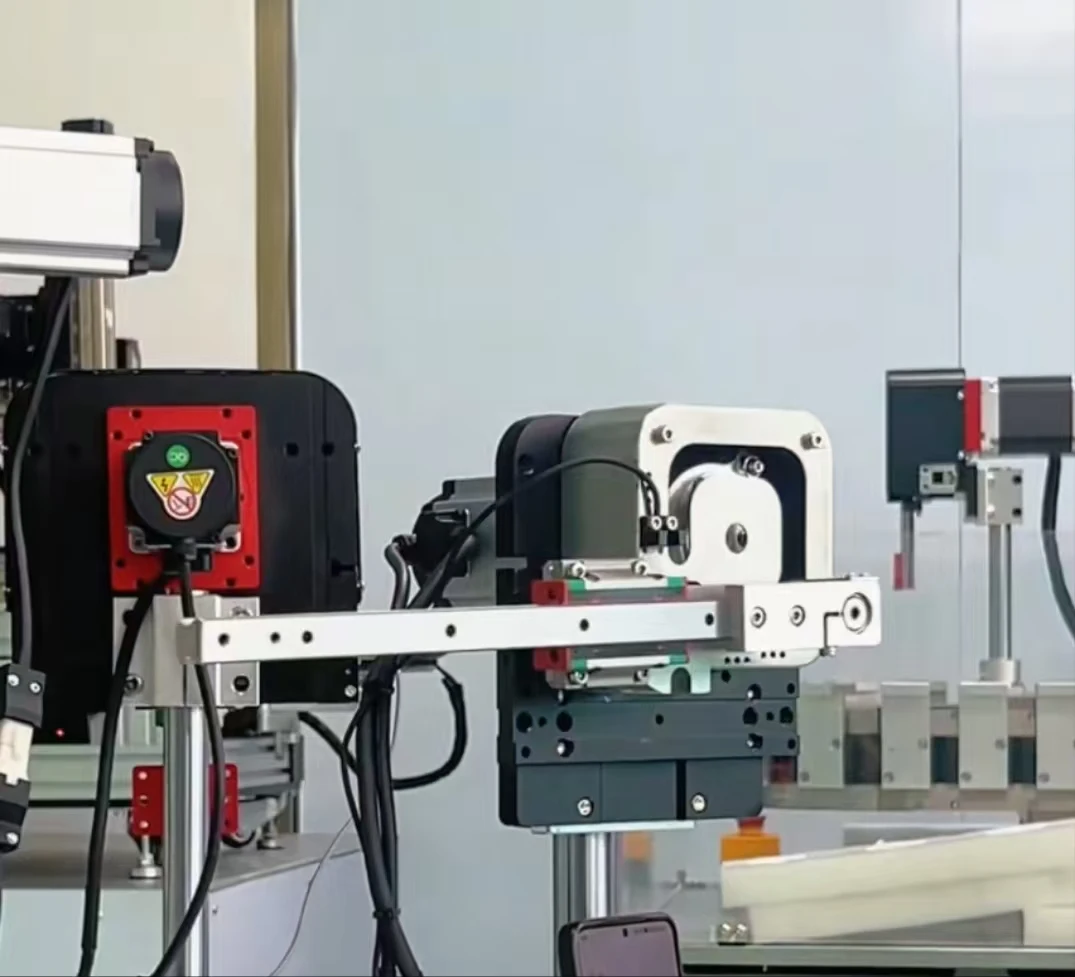 Lightning - Fast 90° Rotation and Pick - up in 6 Seconds!In the fast - paced race of industrial production, efficiency is the core of competitiveneRead More
Lightning - Fast 90° Rotation and Pick - up in 6 Seconds!In the fast - paced race of industrial production, efficiency is the core of competitiveneRead More
Manufacturing & Processing


